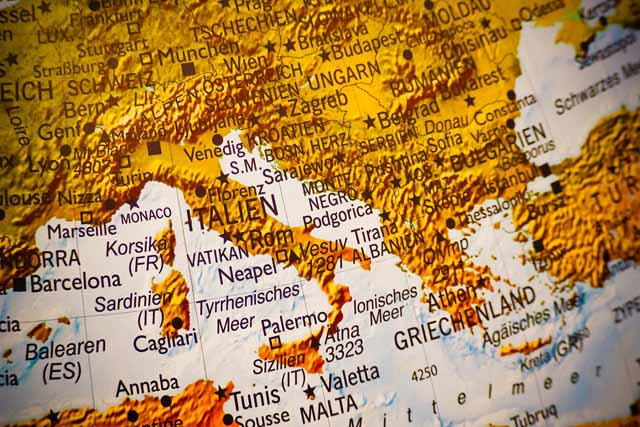The FTA will also lessen many of the current non-tariff barriers to trade with Vietnam and open up Vietnamese services and public procurement markets to European Union companies.
This new gateway of opportunity will bear fruit for the Vietnam apparel industry among other manufacturing industries. The country will join its other neighboring apparel manufacturing countries i.e. Bangladesh, Sri Lanka, Cambodia and Pakistan – currently ship apparel to the EU at zero duty, as they continue to get preferential treatment. While India (9.6%) and China (12%) will be taxed.
Though Chinese apparel tariff % is higher than India, but China unquestionably remains far more viable than New Delhi and offers a remarkable range of fashion appare
Not to mention, India’s readymade garment (RMG) exports dropped sharply to 4.31 billion euros from 4.47 billion euros. While according to the European Commission data, Bangladesh’s rose from 12.62 billion euros to 15 billion euros, Cambodia’s export rose to 3.30 billion euros in 2019 from 2.71 billion euros in 2016 and Pakistan’s increased from 2.23 billion euros to 2.70 billion euros, and Vietnam’s garment exports to the EU went up from 2.61 billion euros to 3.29 billion euros.
Whereas China’s RMG exports to the EU fallen slightly from 25.21 billion euros to 25.03 billion euros.
In contrast, India’s apparel export drop was harsher. This advocates that while China has been gradually shifting from labor-intensive industries to capital-intensive and high-tech ones.
“The clear tariff differential in the EU market will add to our already-stark disadvantages in other areas (logistics costs, etc.) and further erode our competitiveness vis-à-vis Vietnam,” said Gautam Nair, Managing Director at Matrix Clothing, one of the country’s largest apparel exporters.
“Vietnam’s FTA with the EU will be another blow to the Indian garment exporters. What we need is no quick-fixes but a long-term vision. Promoting garment clusters, initiating structural reforms and tailoring policy interventions accordingly will be a way forward,” said Raja M Shanmugham, President of the Tirupur Exporters’ Association.
Beside tariff, industry experts have identified India’s higher logistics costs as one of the main obstacles.
On top of it, the Covid-19 pandemic has already wreaked havoc in the Indian textile and garment industry.
Post time: Jul-24-2020






